Blown-In vs. Batt Insulation—this simple yet crucial comparison can significantly influence your home’s comfort, energy efficiency, and long-term maintenance costs in Toronto’s ever-changing climate. Whether you’re renovating an older property in the Annex or building a new home in Markham, choosing the right insulation type is more than just a contractor’s recommendation; it’s a strategic decision that impacts everything from your monthly utility bills to your home’s environmental footprint. With harsh winters that dip well below freezing and humid summers that test your AC, Toronto homeowners need insulation that delivers consistent performance year-round—and that begins with understanding the core differences between blown-in and batt insulation.
Among the trusted names helping GTA residents navigate this decision is Milan Insulation, recognized as one of Toronto’s top-tier insulation providers. With years of experience, a commitment to eco-friendly solutions, and deep knowledge of local building codes and climate-specific needs, Milan Insulation stands out for its expert installation of both blown-in vs. batt insulation systems. Whether your attic has awkward corners or your walls demand seamless coverage, their team tailors solutions to your home’s unique architecture—ensuring you get not just insulation, but peace of mind.
Table of Contents
ToggleUnderstanding the Basics: What Is Blown-In vs. Batt Insulation?
Before diving into performance metrics or cost comparisons, it’s vital to understand what blown-in vs. batt insulation actually means.
Batt insulation, often referred to as “blanket insulation,” comes in pre-cut panels or rolls made primarily from fiberglass, mineral wool, or natural fibers like cotton. It’s designed to fit snugly between wall studs, floor joists, and rafters. Due to its simplicity and relatively low cost, batt insulation has long been a go-to for new construction projects where framing is exposed and easily accessible.
On the other hand, blown-in insulation—also known as loose-fill insulation—is composed of tiny particles of fiberglass, cellulose (often recycled paper), or mineral wool that are pneumatically blown into wall cavities, attics, or hard-to-reach spaces using specialized equipment. This method creates a seamless, gap-free layer that conforms to irregular surfaces, making it ideal for retrofits, renovations, or older homes with existing walls.
Both options serve the same fundamental purpose: to resist heat flow and maintain stable indoor temperatures. However, the way they’re installed, their performance in real-world conditions, and their suitability for Toronto’s specific climate can differ dramatically.
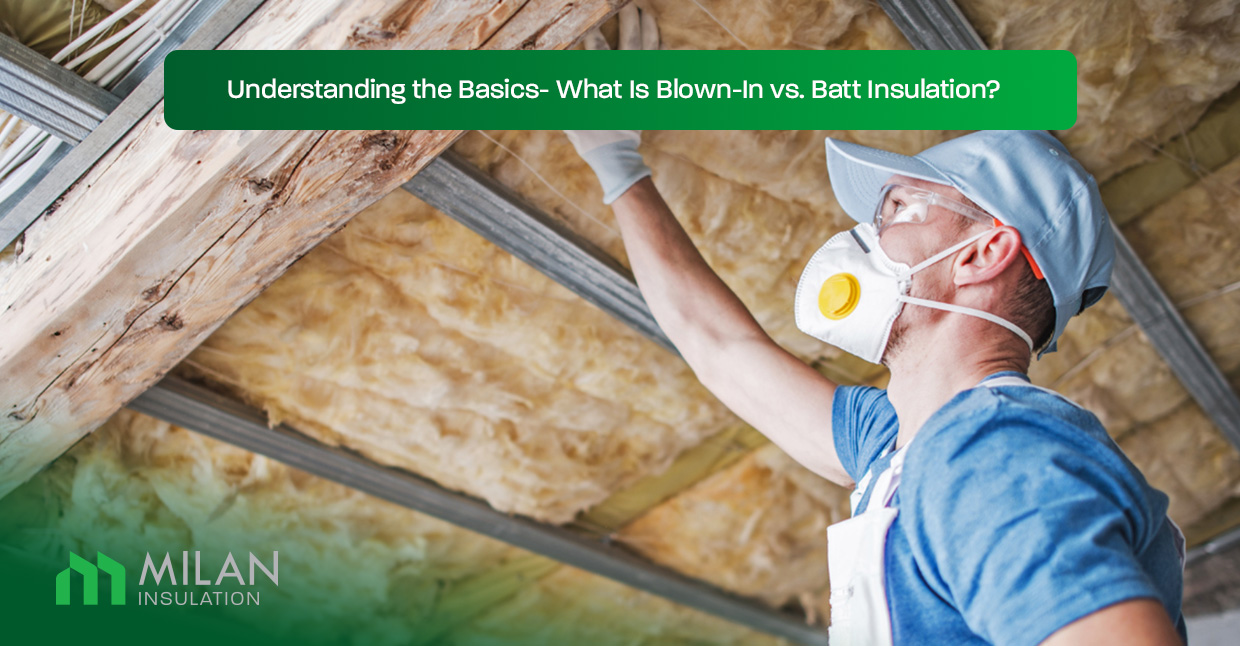
Climate Considerations in Toronto: Why Insulation Choice Matters
Toronto experiences a humid continental climate characterized by cold, snowy winters and warm, muggy summers. Average winter temperatures hover around –5°C (23°F), but wind chill and polar vortex events can push perceived temperatures far lower. Meanwhile, summer highs frequently reach 30°C (86°F) with high humidity, straining cooling systems.
In this environment, thermal bridging—heat loss through structural elements like studs or joists—becomes a critical issue. Poorly insulated homes suffer from drafts, ice dams on roofs, condensation in attics, and soaring energy bills. This is where the blown-in vs. batt insulation debate takes on practical urgency.
Batt insulation, while effective when perfectly installed, often leaves small gaps around wiring, plumbing, or uneven framing—common in older Toronto homes built before the 1980s. These gaps compromise thermal performance and can even lead to moisture buildup and mold growth. Blown-in insulation, by contrast, fills every nook and cranny, creating a more airtight envelope that minimizes thermal bridging and boosts R-value consistency.
For Toronto homeowners, especially those in neighborhoods like Scarborough, Etobicoke, or North York with aging housing stock, blown-in insulation often provides a more reliable upgrade.
Installation Process: Ease, Accessibility, and Professional Requirements
One major factor in the blown-in vs. batt insulation comparison is how—and where—each type is installed.
Batt insulation is DIY-friendly for accessible areas like unfinished basements or open attics. However, proper installation requires meticulous cutting and fitting around obstacles. Even a 5% gap can reduce effectiveness by up to 50%, according to the U.S. Department of Energy—a cautionary note for Toronto DIYers tackling insulation over a weekend.
Blown-in insulation, conversely, demands professional equipment and expertise. Technicians drill small access holes (typically 2–3 inches) in walls or use attic hatches to inject insulation evenly throughout cavities. While this requires hiring a qualified contractor like Milan Insulation, the payoff is superior coverage with minimal disruption—especially valuable in finished homes where tearing down drywall isn’t practical.
In new construction, batts might be faster to install during framing. But for retrofits—a common scenario in Toronto’s mix of heritage and mid-century homes—blown-in wins hands down for convenience and completeness.
Material Options and Environmental Impact
Both blown-in vs. batt insulation come in various materials, each with pros and cons:
- Fiberglass: Used in both forms; affordable, non-combustible, and resistant to mold. However, it offers lower R-value per inch than some alternatives and can irritate skin/lungs during handling.
- Cellulose: Almost exclusively used in blown-in form; made from 80–85% recycled newspaper, treated with borate for fire and pest resistance. It has excellent sound-dampening qualities and a lower carbon footprint—ideal for eco-conscious Toronto homeowners.
- Mineral Wool: Available in batts or loose-fill; fireproof, moisture-resistant, and provides superior sound insulation. More expensive but excellent for basements or fire-prone areas.
For sustainability-minded residents in the GTA, cellulose-based blown-in insulation often aligns best with green building goals. Milan Insulation, for instance, offers high-recycled-content options that meet or exceed Toronto Green Standard requirements for energy efficiency.
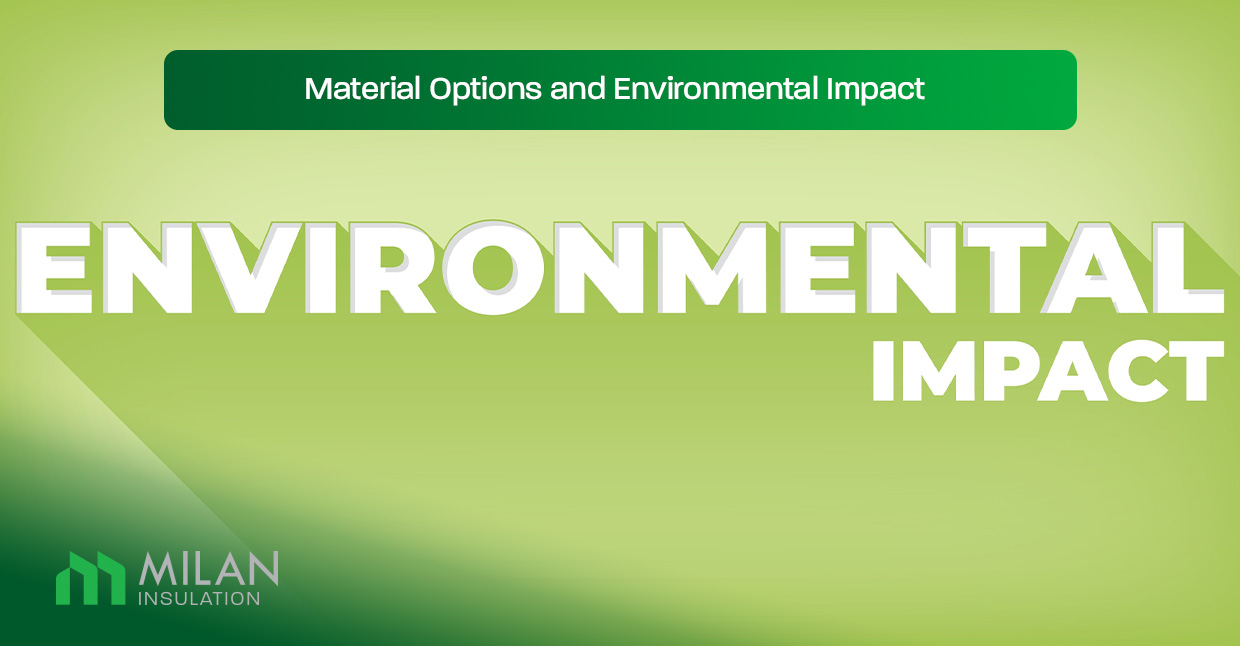
R-Value and Energy Efficiency: Real Performance in Toronto Homes
R-value measures thermal resistance—the higher the number, the better the insulation. In Ontario, building codes require:
- R-40 to R-60 for attics
- R-20 to R-24 for walls
- R-20 to R-30 for basements
While both blown-in vs. batt insulation can meet these targets, their real-world performance differs. Batt insulation typically achieves R-3.1 to R-3.8 per inch (fiberglass), whereas dense-packed cellulose blown-in can reach R-3.8 to R-4.2 per inch.
More importantly, blown-in insulation maintains its R-value more consistently over time because it doesn’t sag or settle as dramatically as loosely installed batts. In Toronto’s freeze-thaw cycles, where temperature swings cause building materials to expand and contract, this stability is invaluable.
Home energy audits conducted by Toronto Hydro or Enbridge often reveal that homes with poorly fitted batts lose 20–30% more heat than those with professionally installed blown-in systems. Over a decade, that translates to thousands in avoidable energy costs.
Cost Analysis: Upfront Investment vs. Long-Term Savings
Let’s break down the blown-in vs. batt insulation cost structure for a typical 2,000 sq. ft. Toronto home:
- Batt insulation: $1.00–$2.50 per sq. ft. (DIY) or $2.00–$4.00 with professional labor. Total attic installation: ~$1,500–$3,000.
- Blown-in insulation: $1.50–$3.50 per sq. ft., including equipment and labor. Total attic installation: ~$2,500–$4,500.
While blown-in carries a higher upfront cost, its superior coverage and energy savings often justify the investment. Studies show that properly installed blown-in insulation can reduce heating and cooling costs by 15–30%—meaning most Toronto homeowners recoup the extra expense within 3–7 years.
Moreover, Ontario’s Home Efficiency Rebate Plus (HER+) program offers rebates up to $5,000 for upgrades like adding attic or wall insulation. Both blown-in vs. batt insulation qualify, but only when installed by a registered contractor—another reason to partner with trusted providers like Milan Insulation, who handle the paperwork and ensure compliance.
Soundproofing and Indoor Comfort Benefits
Beyond thermal performance, insulation affects acoustic comfort. Toronto’s urban density means noise from traffic, neighbors, or airplanes (especially near Pearson Airport) can penetrate homes.
Here, blown-in insulation—particularly cellulose—excels. Its dense, uniform fill absorbs sound waves more effectively than batts, which can leave air gaps that transmit noise. Homeowners in condos or semi-detached houses in Liberty Village or The Beaches often report noticeably quieter interiors after blown-in installation.
Batts can provide decent sound dampening if installed perfectly, but again, real-world imperfections reduce effectiveness. For multi-family dwellings or home offices requiring quiet, blown-in is the smarter acoustic choice.
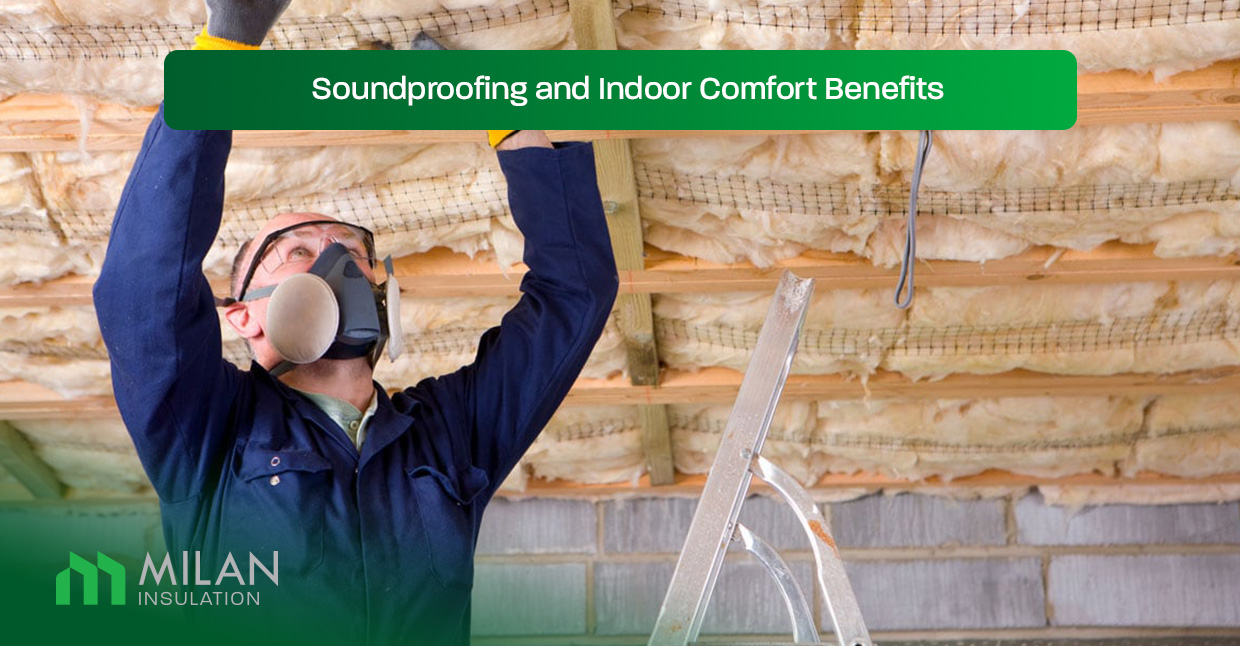
Moisture Resistance and Mold Prevention
Toronto’s humidity—reaching 70–80% in summer—creates ideal conditions for mold if insulation traps moisture. How do blown-in vs. batt insulation compare?
Fiberglass batts don’t absorb water but can trap condensation against cold surfaces if vapor barriers are misinstalled. Older homes without proper ventilation are especially vulnerable.
Cellulose blown-in, while made from paper, is treated with borate, which resists mold, pests, and fire. When installed at proper density (typically 3.5–4.0 lbs/ft³), it also allows walls to “breathe” slightly, reducing condensation risk.
Mineral wool—available in both forms—is naturally hydrophobic and mold-resistant, making it ideal for basements or bathrooms. However, it’s costlier and less common in residential retrofits.
For most Toronto homes, cellulose blown-in insulation strikes the best balance between moisture management, cost, and performance.
Aging Homes and Heritage Properties: Special Considerations
Toronto boasts thousands of pre-1950 homes with knob-and-tube wiring, lath-and-plaster walls, and irregular framing. Retrofitting these requires special care.
Batt insulation is nearly impossible to install without major demolition. Blown-in, however, can be injected through minimal access points—preserving historic interiors while dramatically improving efficiency.
Milan Insulation specializes in such heritage-sensitive projects, using low-pressure blowing techniques to avoid damaging plaster or disturbing asbestos (common in homes built before 1980). Their approach aligns with Heritage Toronto guidelines while meeting modern energy standards.
New Construction vs. Renovations: Which Insulation Fits Best?
- New Builds: Batt insulation is often preferred due to speed and compatibility with open framing. However, many forward-thinking builders now opt for blown-in cellulose in walls and attics for better performance and sustainability branding.
- Renovations/Retrofits: Blown-in dominates. It’s faster, less invasive, and more effective in existing cavities. For Toronto’s 70% older housing stock, this is the pragmatic choice.
Health and Safety Considerations
During installation, fiberglass batts can release airborne fibers that irritate eyes and lungs—requiring PPE. Blown-in cellulose is safer to handle but still requires masks during application.
Once installed, both are inert and pose no health risks. However, cellulose’s fire-retardant treatment adds an extra safety layer—critical in dense urban areas.
Longevity and Maintenance
Batt insulation lasts 20–30 years but can sag or shift, reducing effectiveness. Blown-in cellulose, when densely packed, can last 50+ years with no maintenance.
In Toronto’s climate, where attics experience extreme temperature swings, blown-in’s stability is a clear advantage.
Why Milan Insulation Stands Out in the GTA
When weighing blown-in vs. batt insulation, the installer matters as much as the material. Milan Insulation combines:
- Certified technicians trained in Ontario building codes
- Use of eco-friendly, high-R-value materials
- Free in-home assessments with thermal imaging
- Assistance with rebate applications (HER+, Canada Greener Homes)
- Warranties on both materials and labor
Their client-focused approach has made them a top choice for homeowners from downtown condos to suburban estates across the GTA.
Final Recommendation: Blown-In vs. Batt Insulation for Toronto Homes
So, which is right for your home?
Choose batt insulation if:
- You’re building new with open walls
- Budget is extremely tight
- You’re a skilled DIYer insulating an accessible attic
Choose blown-in insulation if:
- You live in an existing home (especially pre-1990)
- You want maximum energy savings and comfort
- Your walls or attic have obstructions or irregular shapes
- You prioritize sustainability and soundproofing
For the majority of Toronto homeowners—facing cold winters, humid summers, and aging infrastructure—blown-in insulation delivers superior performance, long-term value, and peace of mind.
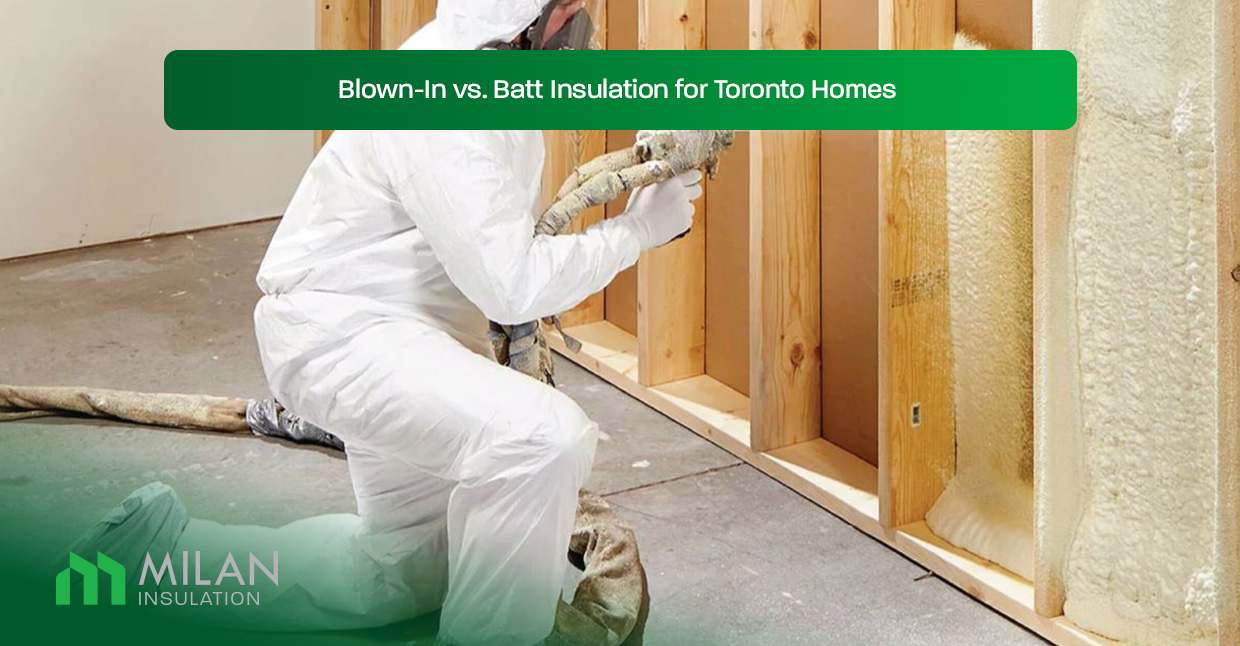
Conclusion
The blown-in vs. batt insulation debate isn’t just technical—it’s deeply personal to your home’s structure, your comfort expectations, and your financial goals. In a city like Toronto, where weather extremes test every inch of your building envelope, settling for “good enough” insulation can lead to years of discomfort and wasted energy.
By understanding the nuances between these two options—and partnering with experts like Milan Insulation—you can make a confident, informed decision that enhances your home’s value, efficiency, and livability for decades to come. Whether you choose the seamless coverage of blown-in or the simplicity of batts, what matters most is that your insulation works as hard as Toronto’s seasons do—quietly, reliably, and without compromise.
FAQs
What’s the main difference between blown-in and batt insulation?
Blown-in insulation is loose-fill material (like cellulose or fiberglass) that’s sprayed into wall cavities or attics using a machine, filling every gap seamlessly. Batt insulation comes in pre-cut rolls or panels (usually fiberglass) that are fitted between studs or joists. While batts are easier to install in new construction, blown-in offers superior coverage in existing homes—especially in Toronto’s older neighborhoods.
Which type is more energy-efficient for Toronto’s climate?
Blown-in insulation generally provides better energy efficiency in Toronto’s humid continental climate. It eliminates gaps and thermal bridging, maintains consistent R-value, and adapts to irregular framing—common in pre-1980s homes across the GTA.
Is blown-in insulation worth the extra cost?
In most Toronto retrofits, yes. While blown-in costs slightly more upfront, it typically reduces heating and cooling bills by 15–30% due to better coverage.

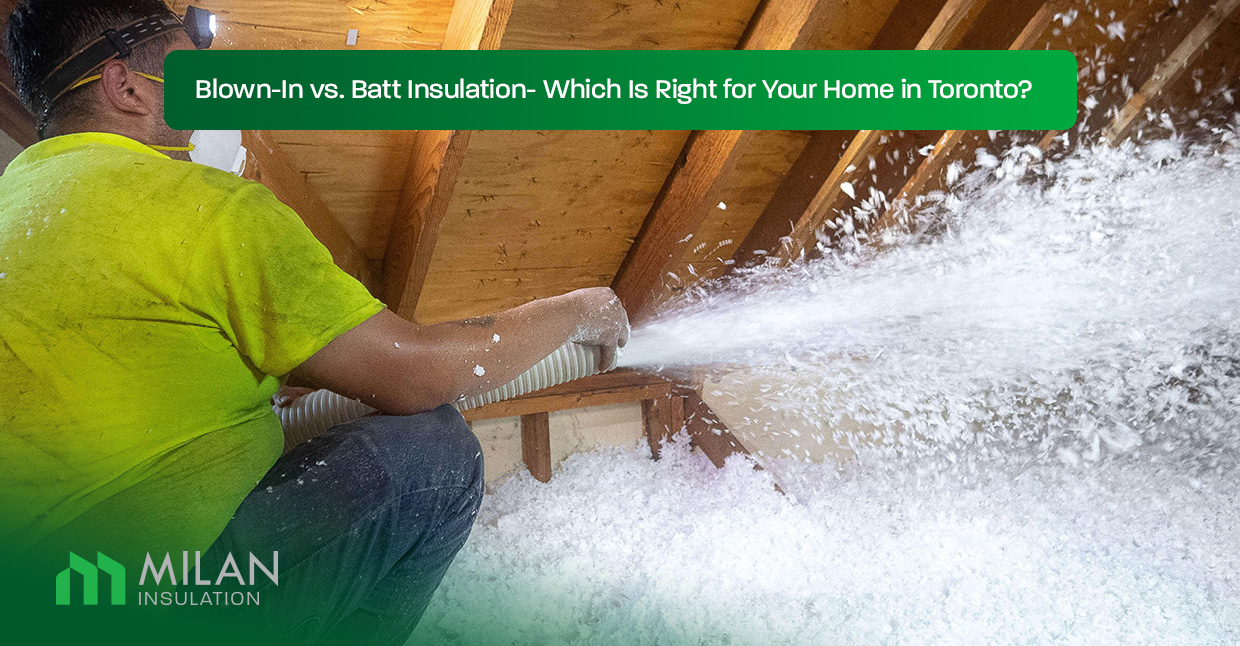
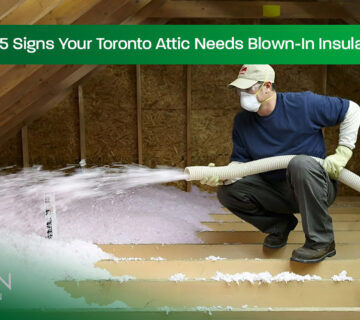
No comment